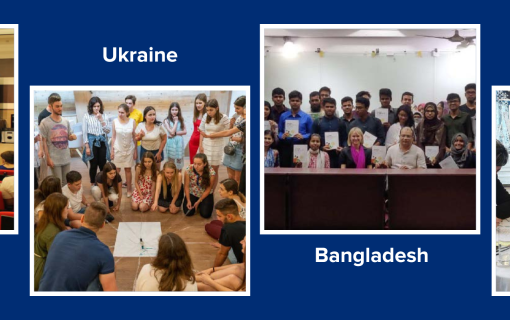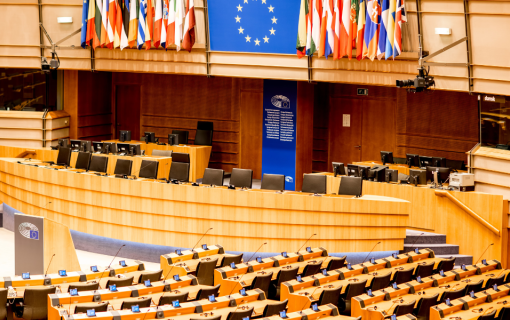The 1989 Indian National Elections: A Retrospective Analysis
Executive Summary
In late November 1989, nearly 300 million Indians went to the polls to elect 525 members of the Lok Sabha---India' pre-eminent national legislative body. The November elections, the largest single exercise of representative democracy in the history of the planet, and held in what is arguably the most complex society on earth, represented an imperfect but genuine reaffirmation of India's commitment to the democratic process.
India, independent since 1947, has a hybrid political system. The basic structure is federal, but with unitary features which sharply limit the power exercised by the 25 states and seven union territories and leave the final word on important issues to New Delhi. India's president is indirectly elected. While his position is largely ceremonial, he has certain important residual powers. The parliamentary system is bicameral. The upper house, or Rajya Sabha (House of the States) bears a certain resemblance to the U.S. Senate; one third of its membership is elected by the. states every two years. But its powers are limited and it is by no means a co-equal partner in the governing process.
Legislative and ultimately governmental power is centered in the Lok Sabha, or House of the People. Allocation of seats is based essentially on the population of each state and territory. A special feature, reflecting an important reality which persists in India today, is a system of reserved seats for members of specific castes and tribes. The Prime Minister and his Cabinet members, with rare exceptions, are drawn from the Lok Sabha. The Prime Minister is nominally responsible to the President. In fact, however, the Prime Minister directs the Cabinet and government, and exercises day-to-day responsibility for framing and executing national policy. It is the elections to the Lok Sabha which constitute the major periodic landmarks in India's national political life.
Read the Full Report.








